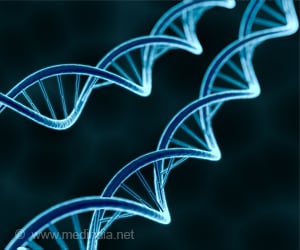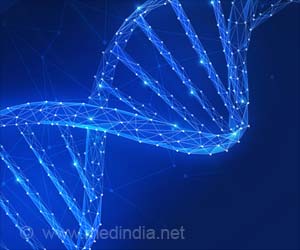
‘New study reveals evidence for nature’s common biological arm races as games of one-upmanship unfold within the genome — involving stretches of repetitive DNA called satellites.’
Tweet it Now
Although the satellite DNA is not involved in encoding genes, it contributes to essential biological functions (formation of molecular machines that process and maintain chromosomes). Improper regulation or any disruptions to these crucial processes can result in cancer and infertility. The team used two closely related species of fruit flies to probe the arm race and underscore the evolution’s delicate balance, even at the level of a single genome.
Biological Arm Races
“We typically think of our genome as a cohesive community of elements that make or regulate proteins to build a fertile and viable individual. This evokes the idea of a collaboration between our genomic elements, and that’s largely true,” says Mia Levine, Penn’s School of Arts & Sciences.“These findings indicate that there is antagonistic evolution between these elements that can impact these seemingly conserved and essential molecular pathways. It means that, over evolutionary time, constant innovation is required to maintain the status quo,” says Cara Brand, the first author of the work.
The team had discovered that the apparent cause of reduced egg formation and atrophied ovaries were DNA damage, triggered by a checkpoint protein to stop developmental pathways. These findings thereby confirm that the satellite-binding proteins although rapidly evolving, are essential to fertility.
Advertisement
Need for Evolutionary Innovation
Moreover, the crucial evidence of the mechanism behind these was found in the closest relative of the MH protein in humans — Spartan (digest proteins that can get stuck on DNA). One of the proteins often targeted by Spartan is Topoisomerase II, or Top2, an enzyme that can help resolve tangles in tightly wound and entangled DNA.Spartan mutations have been associated with cancer and ineffective regulation of satellite DNA could shed light on infertility and miscarriage.
Advertisement
Source-Medindia













